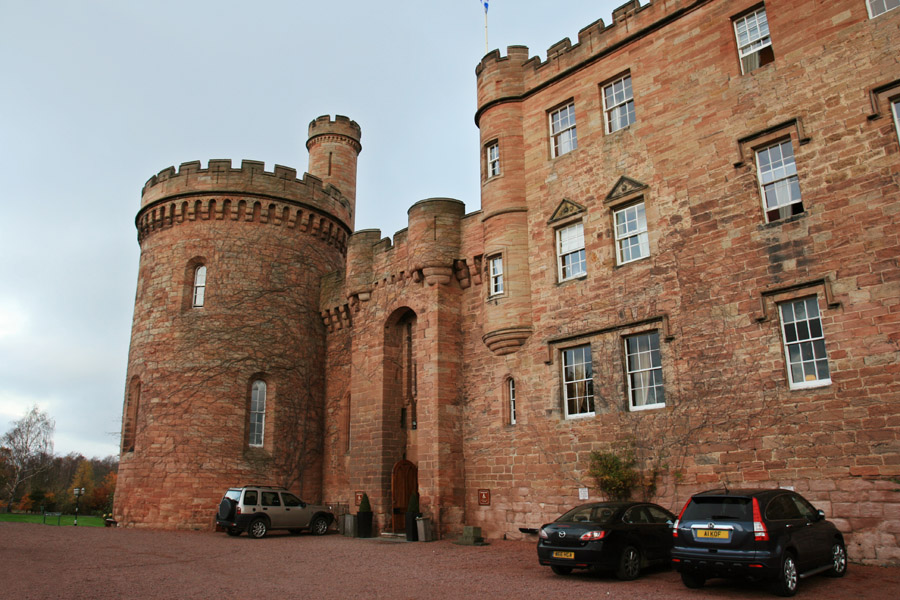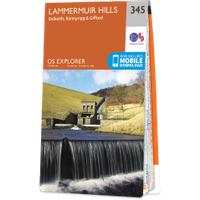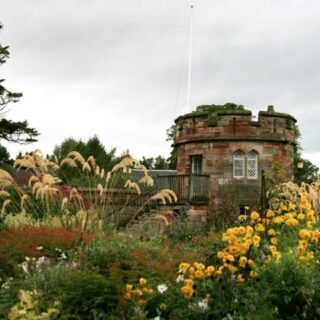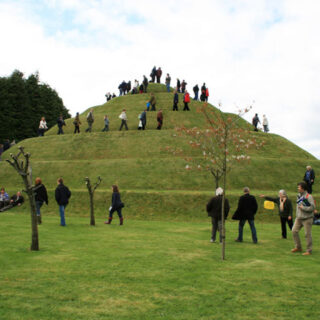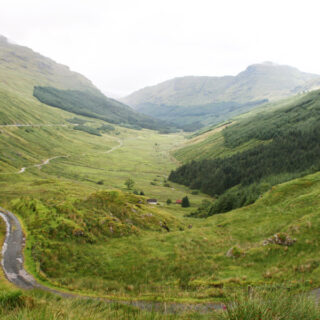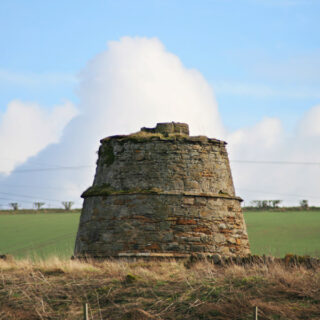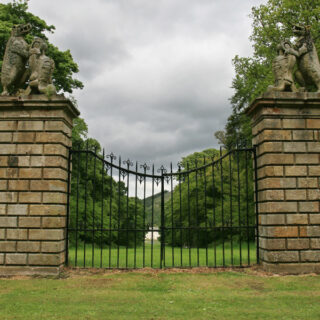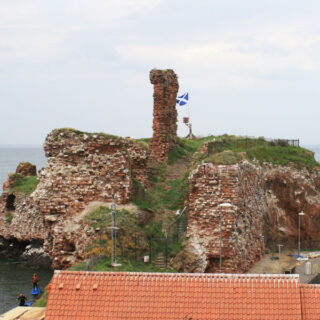Cakemuir Castle
Cakemuir Castle was built in the mid-16th century. A heraldic shield from over the original entrance is now on the east gable and bears the Wauchope arms, and an Adam Wauchope of Cakemuir is on record in 1565. It may have replaced the earlier nearby Black Castle.
Originally an oblong tower, 18th century additions made it L-shaped in plan. The castle was restored in 1949 and is occupied.
Alternative names for Cakemuir Castle
Kakemuir
Where is Cakemuir Castle?
Cakemuir Castle is in the parish of Crichton and the county of Midlothian.
Grid reference: NT 41185 59114
Lat / long: 55.82157981, -2.940177664
